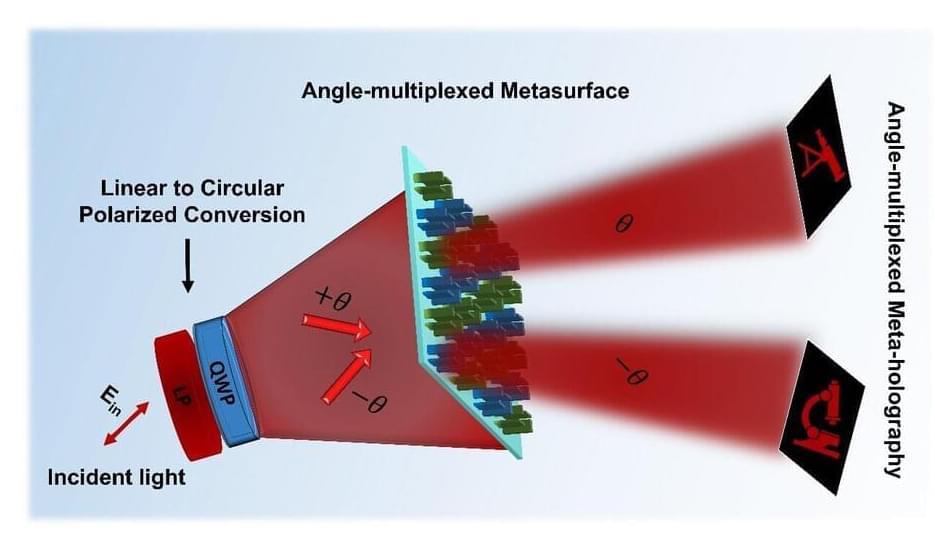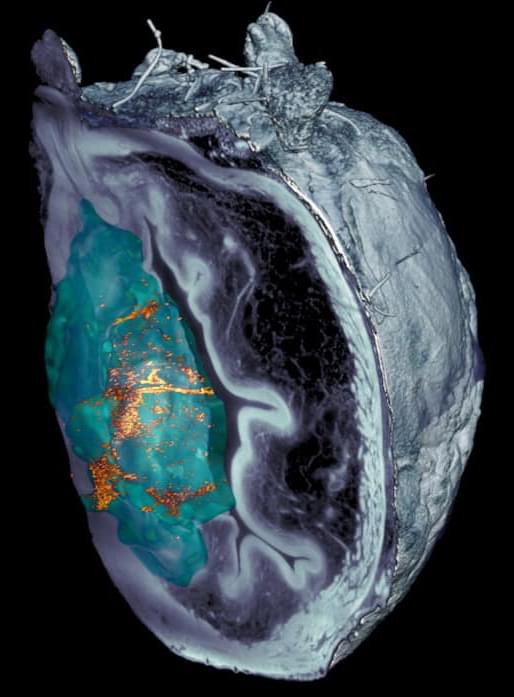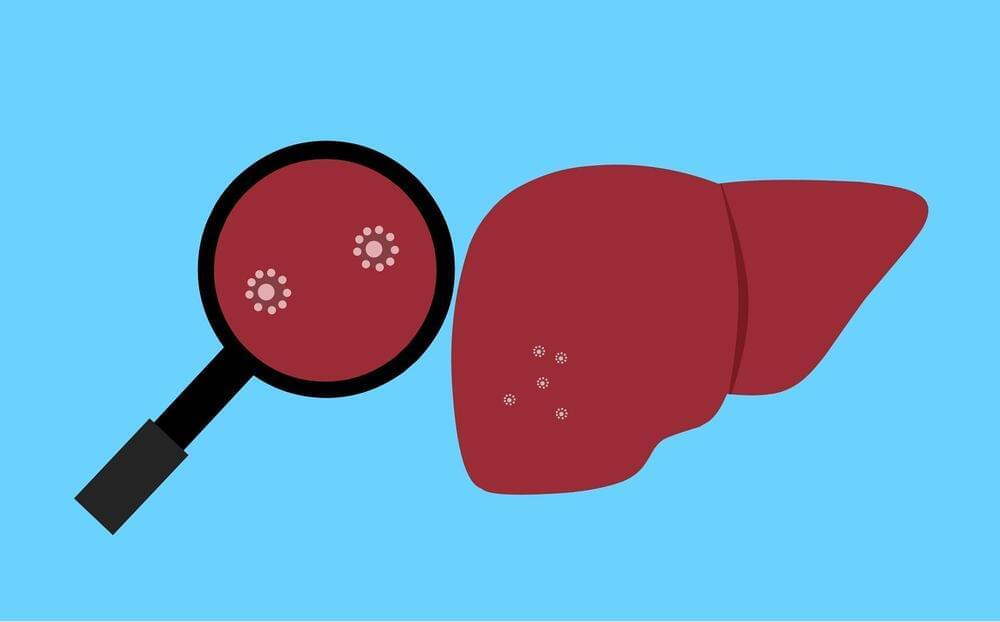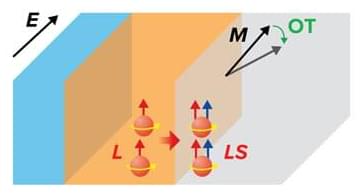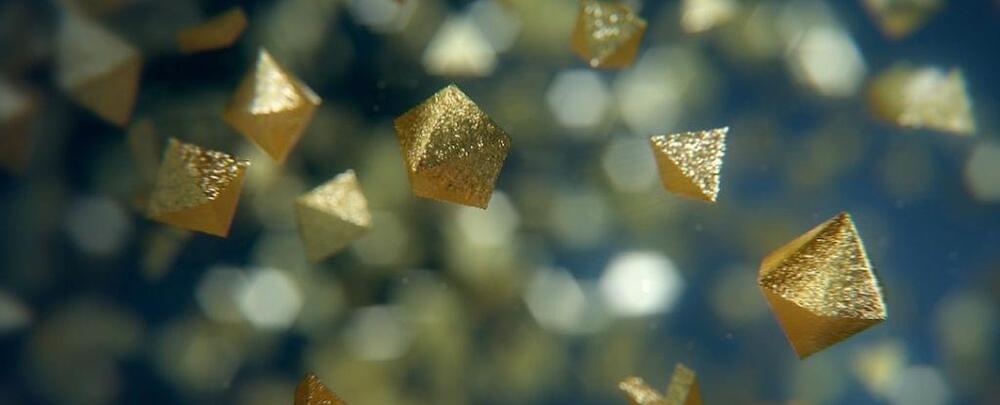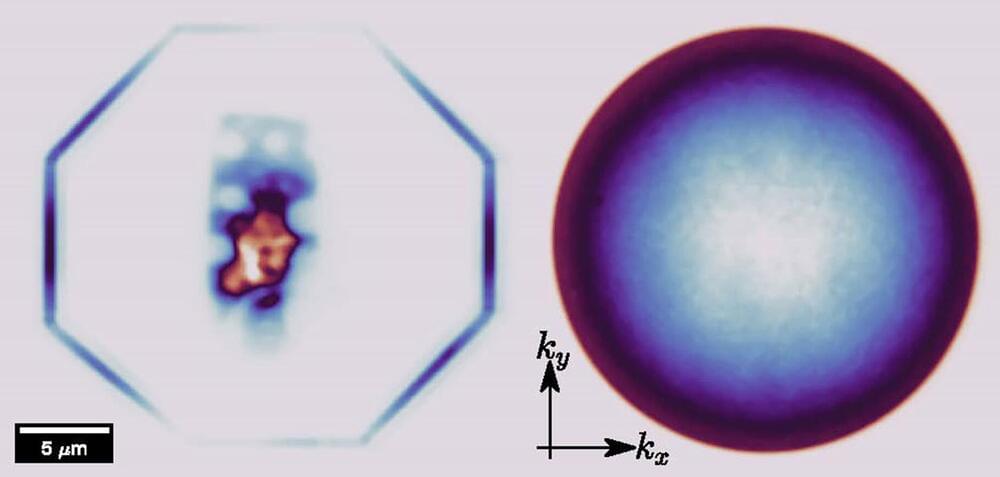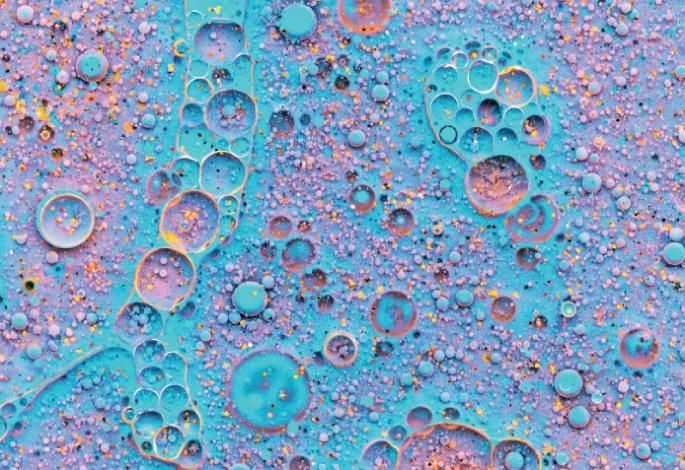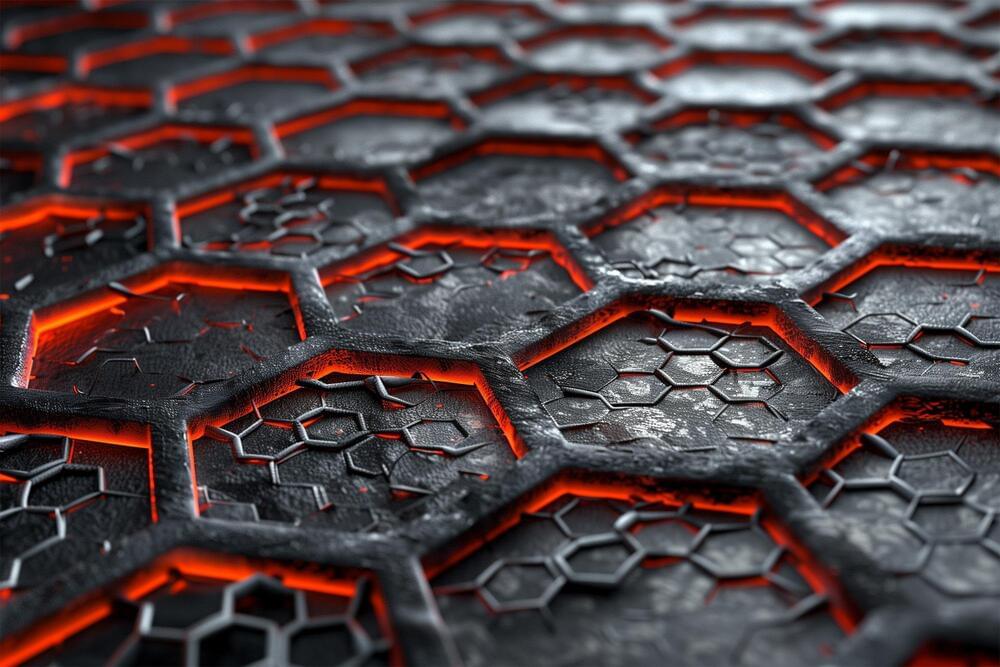Feb 22, 2024
Angle-dependent holograms made possible by metasurfaces
Posted by Shailesh Prasad in categories: augmented reality, holograms, nanotechnology
Recently, a research team from Pohang University of Science and Technology (POSTECH) has employed metasurfaces to fabricate angle-dependent holograms with multiple functions. This technology allows holograms to display multiple images based on the observer’s viewing angle. The findings were published in Nano Letters.
Objects can appear distinct depending on the viewer’s position, a concept that can be harnessed in holographic technology to generate cinematic and realistic 3D holograms presenting different images based on the viewing angle. However, the current challenge lies in controlling light dispersion according to the angle, making the application of nano-optics in this context a complex endeavor.
The team addressed this challenge by leveraging metasurfaces, artificial nanostructures capable of precisely manipulating the characteristics of light. These metasurfaces are incredibly thin and lightweight, approximately one-hundredth the thickness of a human hair, making them promising for applications in miniaturized displays such as virtual and augmented reality devices.
